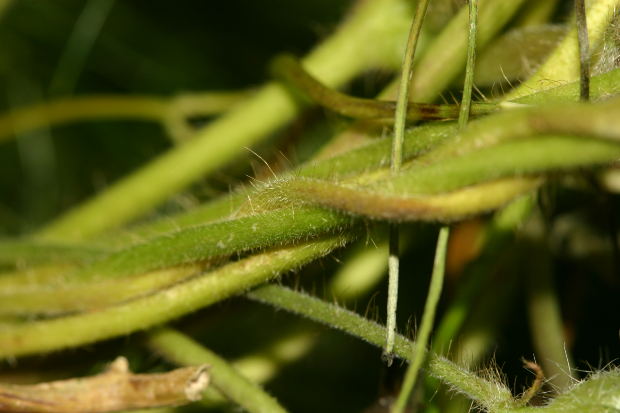 Loading... Please wait...
Loading... Please wait...Save Money. Grow Your Own!
Fast Plain Box Shipping.
We ship to the US & Canada.
Grow Your Own!
Composting and Mulching Basics
Posted on 24th Aug 2015
If you're growing hydroponic produce, you might want to know about how to deal with all the natural organic matter that your plants generate. Composting and mulching are basic ways of working through these parts of the plant life cycle, and being responsible about gardening practices.

Here are some tips we've found helpful as we talk to growers about using what you grow, and preparing for the next plant cycle.
Composting and Aeration
One of the big tips for composting is to have enough airflow to keep the decay process going. Too many people put composting material into sealed bins that don't allow for air to circulate. This interferes with the natural process of breaking down all of those neat things that get put into the compost mix.
Handy Turning Features
New composting bins also have other features that make them better than just throwing fruit and vegetables in a hole in the ground. Many of these bins have easy, accessible ways to turn the compost. Turning helps to keep the decay process even, and speeds up the decomposition over time.
What You Use
Another tip is to process material before putting it into the compost. Yes, you can add whole rinds, shells, and other bigger parts of a fruit or vegetable waste product -- but it'll take longer to break down that it will if you chop these items into small pieces. You'll also want to make sure that the balance is right -- and avoid putting things like bones and meat waste in with your compost. Also be careful with dairy products, kitchen grease and other extras that might not work well in compost.
Composting for Mulching
Compost can be excellent mulch, but again, it depends on what’s put into the mix. You want the compost to be dry enough to sit well on the ground, and uniform enough to give a good presentation. You definitely don't want flower and tree beds filled with visible eggshells and other types of gross household waste.
Compost is often talked about in the context of getting the mix right, to come out with a good finished product -- mixing ‘green’ items like parts of fruits and vegetables, and ‘brown’ items like autumn leaves and grass clippings.
For more on all of these peripheral projects with hydroponics and other resources on the nuts and bolts of growing the fresh produce you want, take a look at what modern retailers and manufacturers offer to get you closer to your hydroponic goals.
